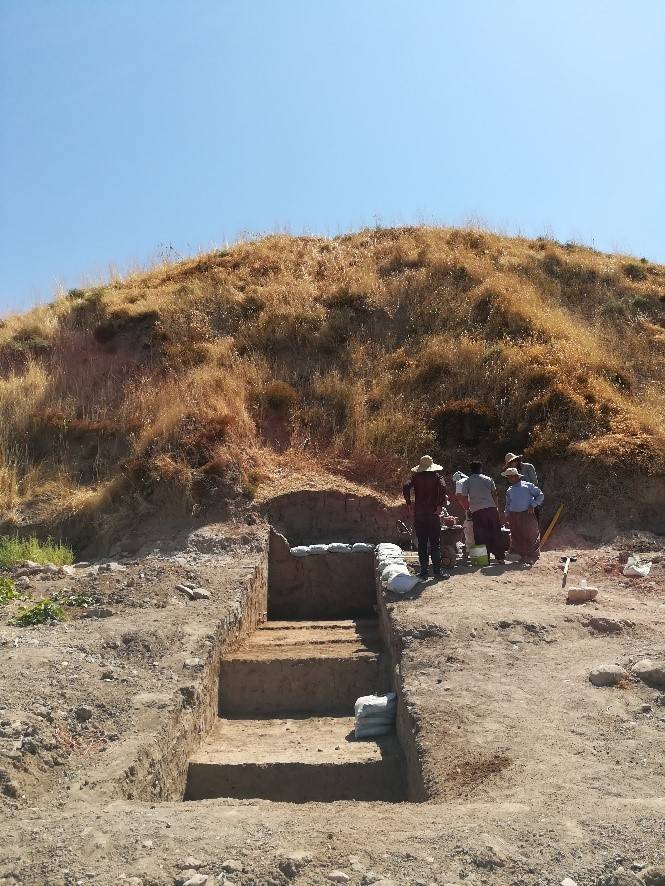Issue 22
Issue 22

Shakar Tapa has been known as a conspicuous archaeological site in the south of the Shahrazor Plain since the mid-20th century. It has an oval plan consisting of a low northeastern mound and a high conical southwestern mound with a flat top.
240128075418.png)
Recent palaeoenvironmental, historical, and archaeological investigations, primarily consisting of site reconnaissance, in the Shahrizor region within the province of Sulaymaniyah in Iraqi Kurdistan are bringing to light new information on the region’s social and socio-ecological development.
Issue 22